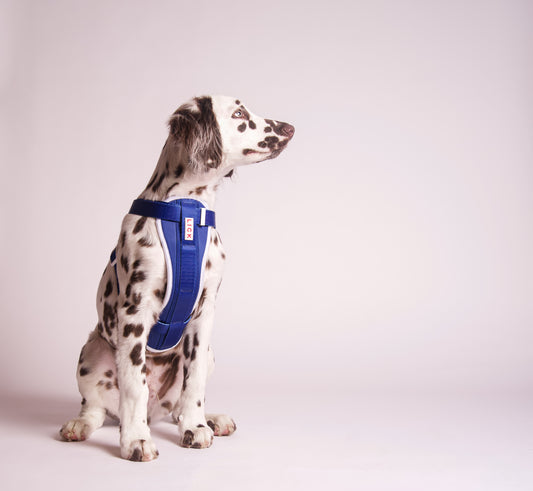
Difference between Service Dog and Emotional Support Dog
Service dogs and emotional support dogs both play important roles in helping individuals with various needs, but they have distinct differences in terms of their training, rights, and responsibilities.
A service dog is a dog that is trained to perform specific tasks for an individual with a disability. These tasks may include assisting with mobility, alerting to seizures, or providing emotional support. Service dogs are protected under the Americans with Disabilities Act (ADA) and are allowed to accompany their owners in places where pets are not typically allowed, such as restaurants, hotels, and on airplanes. To qualify as a service dog, the dog must be individually trained to do work or perform tasks for the benefit of an individual with a disability.
On the other hand, an emotional support dog is a companion animal that provides comfort and support to individuals with mental health conditions such as anxiety or depression. Emotional support dogs are not required to have specific training, but they must be well-behaved and not pose a danger to others. Emotional support dogs are not protected under the ADA and do not have the same rights as service dogs. They are allowed to live with their owners in "no pets" housing and fly in the cabin of an airplane with their owners. However, they do not have the same public access rights as service dogs and are not allowed in all public places.
In summary, service dogs are specially trained to perform specific tasks for individuals with disabilities, while emotional support dogs provide comfort and support to individuals with mental health conditions. Service dogs have more rights and protections under the ADA and are allowed in more public places than emotional support dogs.








